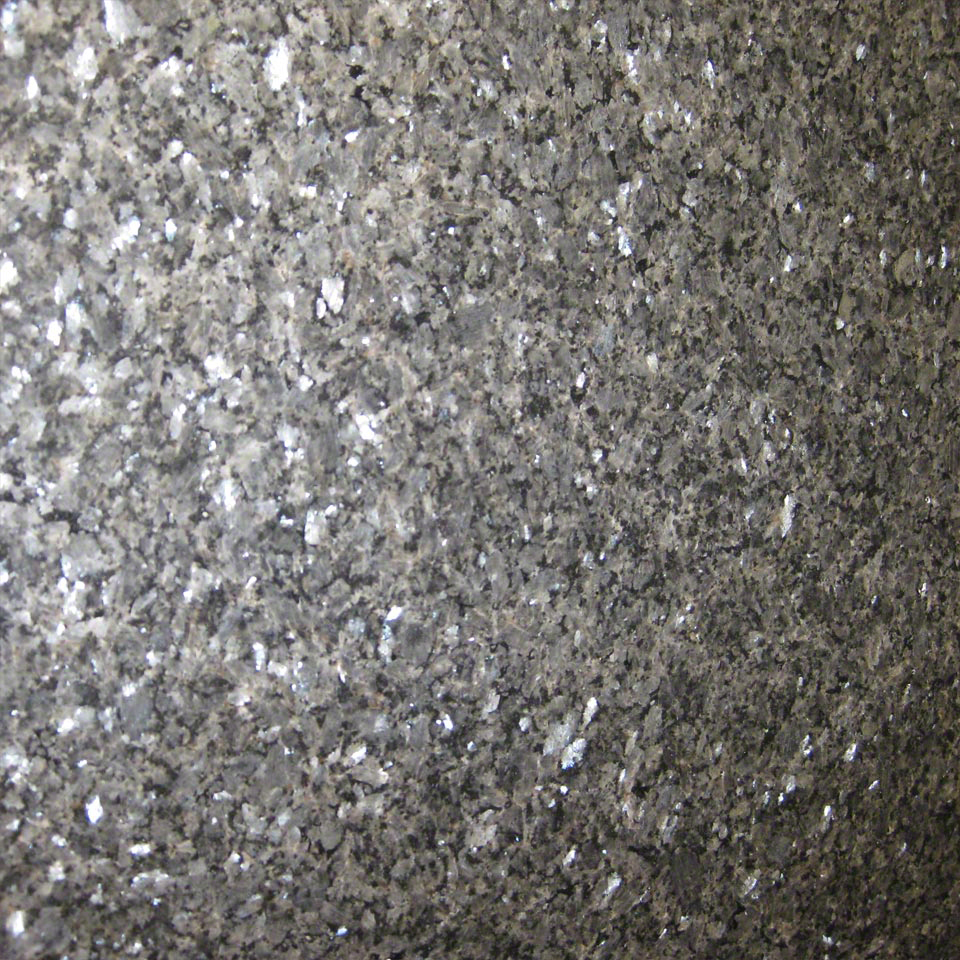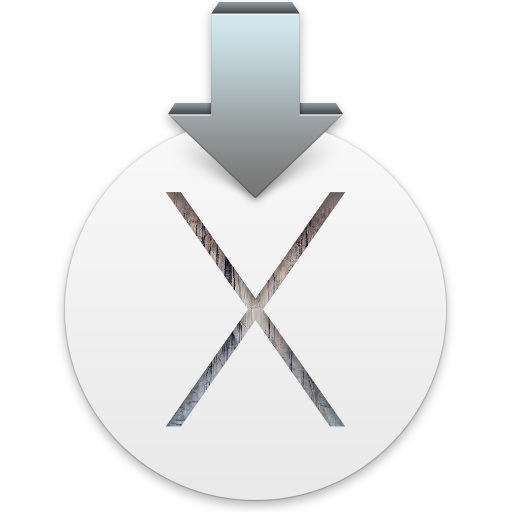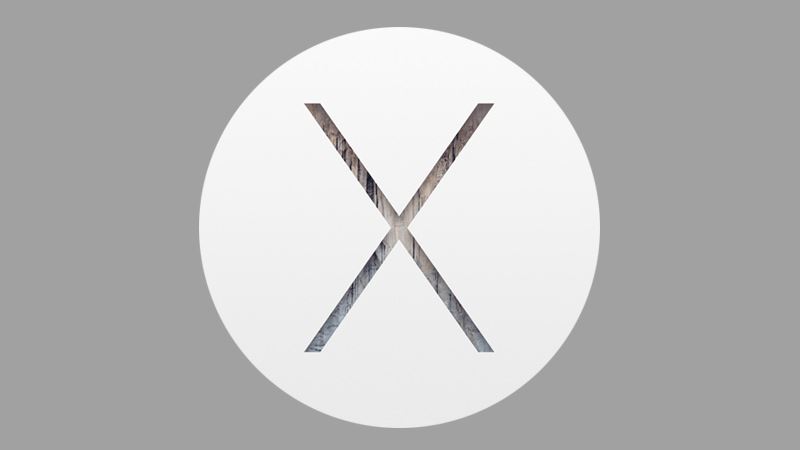But to install or reinstall a recent version of OS X, you must either download a non-bootable installer from the Mac App Store or (via OS X’s invisible, bootable recovery partition) download 6GB.
Repair and update Boot Camp drivers in Windows 10. Complete the given below directions to repair the Boot Camp in Windows 10. Step 1: The first step is to download the Boot Camp software from Apple. If you have access to the macOS on your Mac machine, refer to our how to download Boot Camp drivers for Windows 10 guide for step-by-step directions. Boot camp drivers windows 10 download. Jan 25, 2008 Part E: Downloading Boot Camp Drivers. After Windows 10 is up and running: Download Boot Camp 5.1.5722 Drivers. Extract the Drivers on the Desktop. Mar 28, 2019 Repair and update Boot Camp drivers in Windows 10. Complete the given below directions to repair the Boot Camp in Windows 10. Step 1: The first step is to download the Boot Camp software from Apple. If you have access to the macOS on your Mac machine, refer to our how to download Boot Camp drivers for Windows 10 guide for step-by-step directions. Oct 09, 2020 The beauty of Brigadier is that it downloads all drivers right from Apple servers. So, you get original Boot Camp drivers right from Apple. The Boot Camp drivers pack for Windows 10 includes device drivers for camera, graphics, keyboard, trackpad, card reader, wireless mouse and wireless trackpad. Jan 22, 2017 The current version of Windows support software (drivers) available from Boot Camp Assistant includes support for the following features of your Mac in Windows 10: - USB 3 - USB-C.

- Download El Capitan OS X is also significant since it’s the last version of Apple Mac OS X releases as its successor Sierra was released in the year 2016 under the brand macOS. El Capitan is a rock formation found in Yosemite National Park, which gives out the meaning that the new release is a solid version of its predecessor, Yosemite.
- First, make sure your USB drive is formatted for use with a Mac, then download the OS X Lion installer from the App Store and copy it to your flash drive. Finally, use your bootable flash drive to install Lion on your Mac.
Windows – Create a bootable USB with Windows installer for Yosemite. I'm having trouble creating a bootable USB for my mac. I have an iMac, and I'm wanting to install a copy of Windows Server 2008 x86 onto it. I've tried BootCamp, but I'm getting errors when selecting the ISO because it is 'not Windows 7 or later'. How to Install OS X Yosemite on a PC Step. V=mCRr7ZuBC4 ➨ AMD ATI Radeon graphics Injector - ➨ How to create Yosemite boot USB.

If you’re still using a Mac OS X the time will come when your computer won’t boot, or a problem may arise where you can’t take control of the device, and booting from an OS X installation media will be required.
This is why it’s recommended that you make a Mac OS X bootable USB when your Mac is in working conditions. However, if you find yourself on a scenario where your device (iMac, MacBook Pro, Air, Mac Pro or Mini) is not responding and you happen to have a Windows 10 device, then you can still be able to make a USB bootable installation media for your Mac OS X to reinstall the operating system using the Recovery Assistant.
These instructions will also work for Windows users who are running Mac OS X on a virtual machine and need to upgrade to the latest version. For instance, to OS X Yosemite.
Requirements
Before you dive into this guide, you’ll need a few things:
Install Yosemite From Usb
- A broken Mac computer with Mac OS X.
- A trial copy of the TransMac software.
- One high quality USB flash drive with 16GB of storage.
- A copy of Apple’s macOS (DMG file).
Now that you have all the necessary ingredients, you’re ready to make a Mac OS X bootable USB using the DMG file of the operating system with the steps below.
Create Mac OS X bootable USB installation media
Before you can use TransMac, you first need to partition your USB flash drive with a GPT partition, as a normal MBR partition may not work. To do this, you’ll need to use the Diskpart command-line utility on Windows 10.
Setting up GPT partition
Use these steps to set up a USB drive with a GPT partition:
Open Start on Windows 10.
Search for Command Prompt, right-click the top result and select the Run as Administrator option.
Type the following command to open Diskpart and press Enter:
Type the following command to determine the USB flash drive and press Enter:
Type the following command to select the storage and press Enter:
Quick tip: Theselect disk 1command as an example, but you have to replace 1 with the number of the flash drive you want to use.Type the following commands to delete everything from the USB thumb drive and press Enter:
Type the following command to convert the drive into a GPT partition and press Enter:
Type the following command to select the new partition and press Enter:
After you complete the steps, the USB flash drive from MBR to GPT format, you can use the steps below to create a bootable USB installation media to install Mac OS X.
Create USB install media
Os X Yosemite Bootable Usb Downloads
Use these steps to create a bootable media to install Mac OS X:
Download and install a copy of TransMac.
Quick note: TransMac is a paid software, but it has a 15-day trial solution, that give us more than enough time to move the DMG files to the USB drive from Windows. (If you want to support the developer, you can purchase the full version.)Insert the USB drive that you’ll use to fix your installation of OS X. (Remember that all the data in the USB will be erased. Make sure you take off any important documents.)
Right-click the TransMac software icon and Run as administrator. (You’ll be prompted to Enter Key or Run, because we’ll be using it once, click the Run option.)
On the left pane, you’ll see all the Windows PC drives listed, right-click the USB drive that you’re intending to use to reinstall Apple’s OS X and select the Restore with Disk Image option.
In the warning dialog box, click the Yes button.
Use the Restore Disk Image to Drive dialog box to browse for the DMG file with the installation files for Mac OS X Yosemite in this case, and click the OK button to create a bootable USB of the operating system.
Now, you’ll have to wait a long time. No kidding. It could take one or two hours to complete the process depending on your computer and other variables.
Download Os X Yosemite Bootable Usb
Once your bootable USB installation media is ready, remove it and insert it into your Mac, power it on, holding down the Option key, and select the USB you just created to reinstall Mac OS X.
If you’re having issues trying to create a bootable media, you can get a USB flash drive that comes with Mac OSX ready to install.
Apple stopped making their software available on CD/DVD ages ago. Applications including the entire OS is downloaded only through their App Store.
Create Install Media Yosemite
When you download and install the OS from their App store, it performs an upgrade to the existing operating system. Your applications and a large majority of your settings are preserved. But what if you want to perform a clean install? Wipe everything off and start anew? Well to do that, you’ll need to have the installer on another media. Such as another hard drive you can connect to, a CD/DVD, or flash memory (thumb drive, SD card, etc.).
To transfer the OS installer to a secondary storage media requires more than just copying the installer to the media. It has to be bootable. You will need to install the OS on the secondary media. The general method is to format the target destination (flash memory, hard drive, etc.) and run the installer on the target.

createinstallmedia is an easy way of installing the operating system to the secondary storage media. This was introduced in Mavericks. (Unfortunately I didn’t know about it until now because I skipped Mavericks.) createinstallmedia is packaged in their OS installer. There is no need to download it separately. createinstallmedia is a program that needs to be run in Terminal.
There are numerous tutorials available online (video and writeup). From what I’ve read and seen, the steps require downloading the OS installer, formatting the target media, copying the code and pasting into Terminal, and then executing the code. The tutorial steps are straight forward. If you don’t deviate from them, then you will succeed with a bootable system.
For my tutorial, I’m targeting the command line averse. The method I employ gives more leeway. For example, the majority of the tutorials online have you download the installer from the App Store and leave it alone (that is, don’t move it from the Applications folder). Well, say you’ve downloaded the OS already and have is stored in another folder or another volume (a different hard drive)? If you try to execute the command based on their tutorial, it will fail because the path is wrong. The method I use will ensure the path is filled out correctly. I’m using a USB flash/thumb drive as my target destination, but this should work on any other form of flash memory or external hard drive. The only caveat is the target destination must be large enough to accept the OS (min is about 6GB; 8GB is ideal).

Resources: